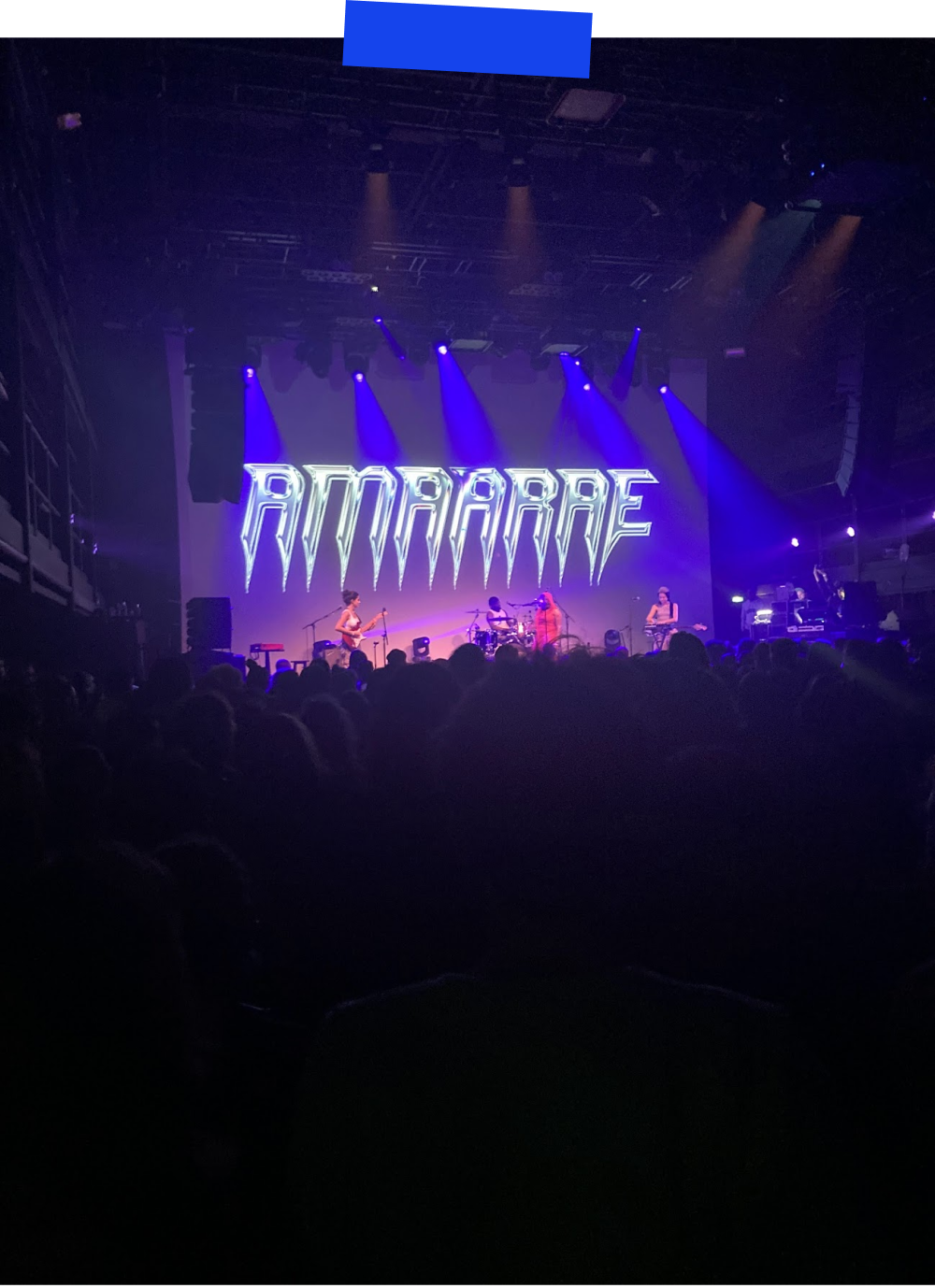“Most Americans spend their lives within environments created by human beings.” You’re probably like, okay, no shit? But this became especially apparent when I, like many others, felt the burdening weight of physical, mental, and emotional stresses that came from many unprecedented months in the COVID-19-resultant lockdown over the last two years. Also like many others, it made me think a lot about the ways in which we’re (superficially) dependent on each other, at what capacities, and, perhaps for the first time, how necessary it was to maintain or limit certain ties—and exceedingly so to get through such a collectively desperate global clusterfuck.
But because our worldviews are largely shaped by both where we are and where we aren’t—especially as a result of social constructs created by and for ourselves—isn’t the context we provide ourselves only limited to the narratives we’ve manufactured? Context that’s fed to us, that we accept as sufficient enough to go about our daily lives, as well as what context we actively seek out to understand things. Both matter.
I’ve come across two interesting tidbits regarding context and how it shapes our perceptions and understandings of things:
From Jerry Mander’s Four Arguments for the Elimination of Television: “Products lose virtually nothing when their images are reproduced mechanically or electronically, while original art objects lose their contextual meaning, and human beings and other living creatures lose virtually everything that qualifies as meaningful. Humans become image shells, containing nothing inside, no better or worse, more or less meaningful than the product images that interrupt them every few minutes.”
From Isamu Noguchi’s early design notes, featured at the Barbican: “Art is historically representative of its time and place.”
For these reasons, I always think a lot about context and how important it is to provide it when telling a story or discussing an idea, or to ask for it when it isn't preemptively given. When did you start feeling that way? Where were you when that happened?
Often enough, someone will tell a story and exclaim, usually with shock and emotion, that whatever happened to them was completely arbitrary. Beyond reason. How could this have happened to me? There’s an absolute joy in serendipitous moments, but chances are that the narrative’s delivery simply required a subtle shift in context.
Several friends have, at one time or another, expressed desire for flash tattoos “devoid of meaning." But could it ever be? The time and place in which you’d choose to get it, the artist, the needle and the technique, are all deliberately chosen when you consent to getting an image permanently etched onto your skin. Every design you chose to overlook gives context to the one you ended up with, as much as any tattoo recipient tries to believe their choice has less weight with an added perception of spontaneity.
Even without loud proclaims when communicating any decision, actions provide results—and therefore, context. And while it’s tempting to do so when f̶a̶b̶r̶i̶c̶a̶t̶i̶n̶g̶ ̶a̶n̶ ̶a̶l̶t̶e̶r̶n̶a̶t̶i̶v̶e̶ ̶n̶a̶r̶r̶a̶t̶i̶v̶e̶ ̶f̶o̶r̶ ̶y̶o̶u̶r̶ ̶a̶c̶t̶i̶o̶n̶s̶ 🤭 explaining any regrettable decision, attempting to remove any context from the situation doesn't make any of your actions less intentional.
Sorry for the late post this week. I had some technical difficulties…
The technical difficulties:

👀 This week’s serendipitous moments from (somewhat) spontaneous decisions: live music, librairies & a dip into the world of risography 🌈
🎤 I admittedly found myself choked up, with hot tears welling up at the back of my eyes, at two live performances that I’d gotten no more than a few hours’ notice to go to last week—Pitchfork Paris and Sam Fender at Alexandra Palace (or Ally Pally, as they actually call it). I was just so overcome with emotion getting to do something I love and couldn’t do in nearly two years! I hardly even listened to or knew of the artists beforehand, but sometimes being introduced to different art by friends who share similar values is the most beautiful part. ✨
📚 After mentioning Librairie Yvon Lambert in my last piece, I loved hearing your excitement about it! Just to name a few of my other favorite librairies and bookstores that feature other works by incredible artists (& have lovely staffs who are just as passionate), check out: Benk & Bo’s Barbican Design Library in London, Librairie Sans Titre in Paris, Rizzoli in NYC, and Pon Ding in Taipei.
P.S. We have some riso postcards in stock at Yvon & Librairie Sans Titre, as well as a few upcoming locations in NYC :) You can follow @_public_sphere on Instagram for updates (if you haven’t already.)After chatting with one of my most talented designer friends, who has always been a huge source of inspiration to me since our high school days, he encouraged me to look into risograph printing to explore more of my process beyond digital forms. It’s a Japanese printing technique that happens to be extremely sustainable, using little energy, soy-based inks, and even a machine repurposed by the arts community for edition printing. Among the many reasons to love riso, there are unique textures and imperfections that come from the analog mechanism that you just can’t get in a purely digital world. 🥺 The postcards above were graciously printed in riso by Studio Fidèle in Fidèle Blue, Flat Gold & Sunflower shades, and I can’t wait to experiment with more inks and work with different studios in this friendly community.






